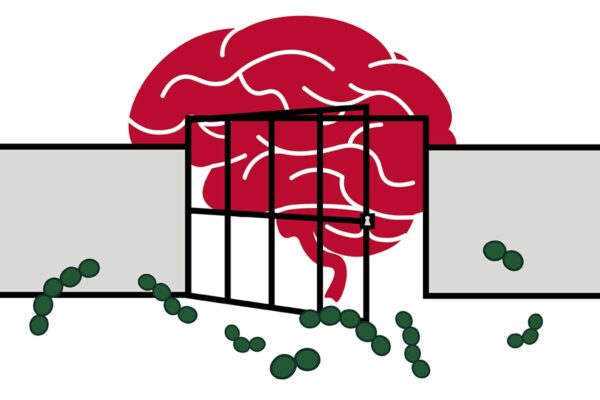Studying families with multiple members who had breast cancer led to the discovery of mutations in BRCA genes. Doctors have learned that these mutations increase the risk of developing multiple tumor types, including breast, ovarian, pancreatic and prostate cancers. While increasing cancer risk by impeding DNA repair, such BRCA mutations also can make cancer cells more susceptible to therapies that damage DNA or further disrupt DNA repair — but effectiveness of these tharapies is often limited by the development of resistance, and scientists had not known why.
Now, a new study published in Genes & Development and led by Alessandro Vindigni, a professor of medicine in the Division of Oncology at WashU Medicine, has shown how a group of cancer medications called PARP inhibitors create large fractures in the DNA of tumor cells. These fractures consist of regions of single-stranded DNA, known as DNA gaps, which must be rapidly repaired to ensure cell survival.
The researchers found that certain enzymes, called nucleases, cause these gaps to become even larger in BRCA mutant tumors. This cripples the ability of cancer cells to repair these gaps and ultimately leads to their death.
The researchers said the new knowledge has revealed the possibility of improving the effectiveness of PARP inhibitors and re-establishing PARP inhibitor response by developing ways to boost the actions of the enzymes that widen the DNA gaps, thus damaging the DNA molecule beyond repair and improving the therapy’s ability to kill cancer cells.


